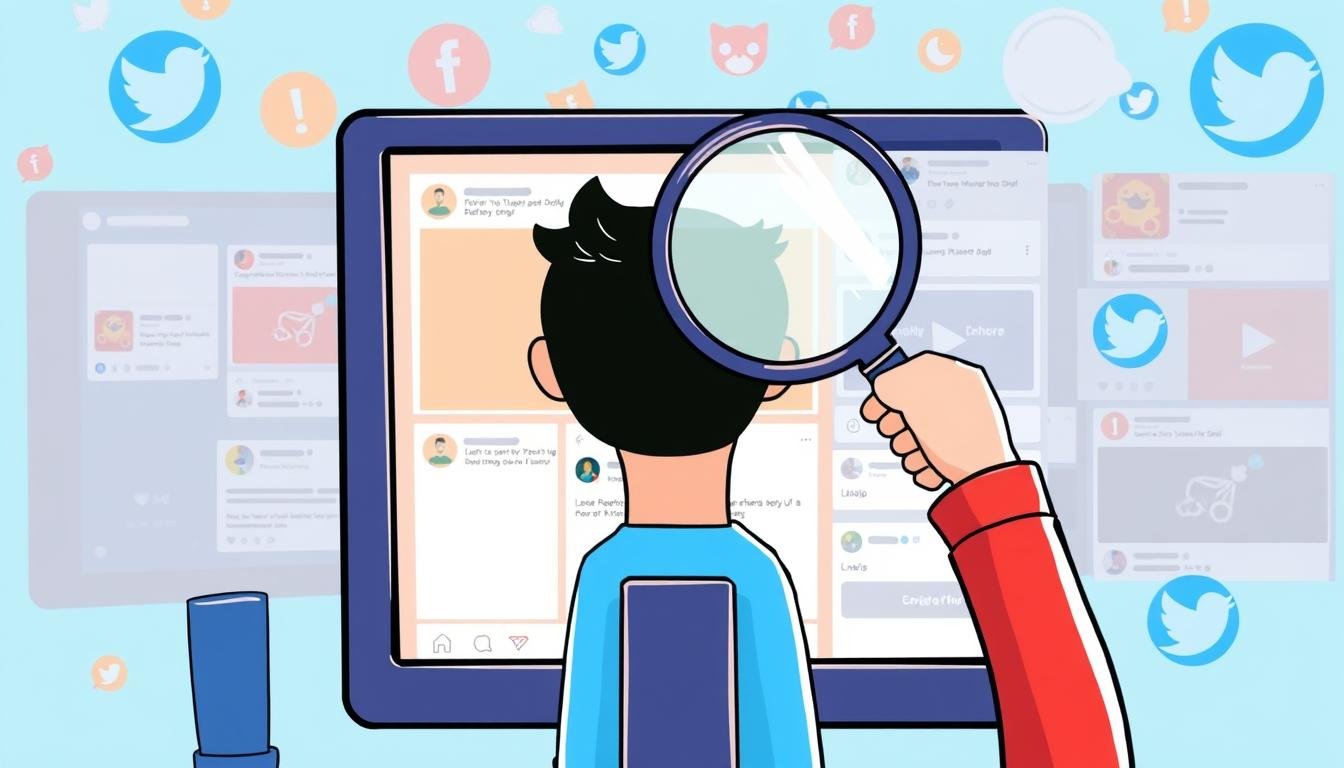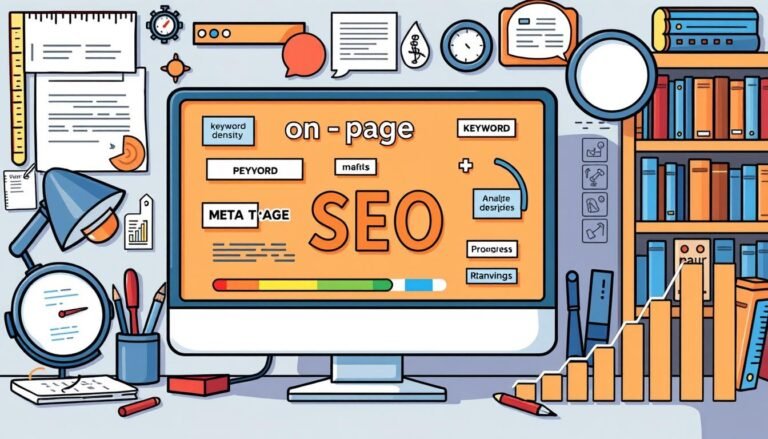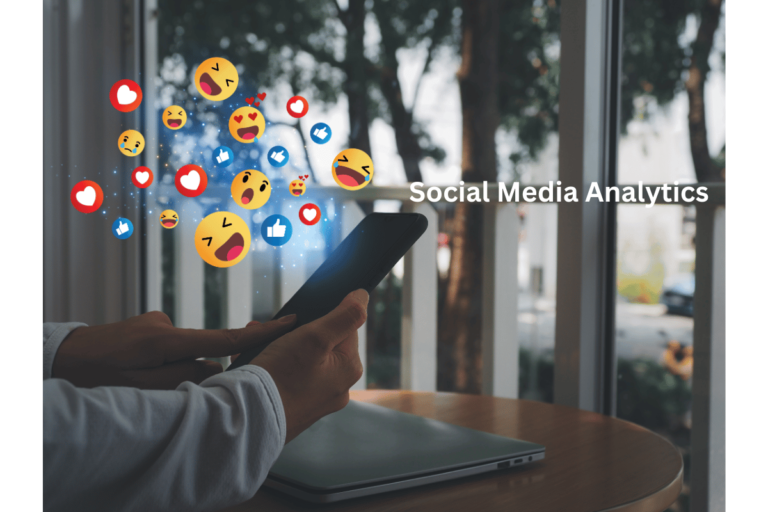How to Leverage User-Generated Content
Did you know that 90% of consumers look at user-generated content (UGC) before buying something? This fact shows how powerful content from everyday people can be. Brands need to learn how to use this content well to stand out online. By using real customer voices, brands can get more attention, build trust, and keep people interested.
This article will cover what UGC is, its many benefits, and how to use it in your marketing. We’ll show you how to tap into the power of real customer stories.
Key Takeaways
- User-generated content significantly influences consumer purchasing behavior.
- Brands can benefit from enhanced trust and engagement through authentic customer interactions.
- UGC serves as a cost-effective solution for marketing and PR efforts.
- Incorporating UGC across platforms can increase reach and audience engagement.
- Encouraging user participation leads to a thriving branded community and brand advocacy.
- Providing incentives can prompt customers to share personal content related to the brand.
- Analyzing user feedback aids in shaping effective messaging strategies.
What is User-Generated Content?
User-Generated Content (UGC) is a powerful tool for businesses to connect deeply with their audience. It’s content made by customers that shows how they feel about a brand. This is different from what the company directly promotes. By using real content, brands can really talk to their customers. This builds a community based on trust and shared stories.
Definition and Importance
UGC includes things like images, videos, reviews, and social media posts that show what users think. It’s key because it feels real to people looking for genuine stories. In a world full of ads, real content shines. It makes a strong emotional bond that gets people involved.
Studies show that 92% of people trust UGC more than regular ads. This makes it a go-to source for info when deciding what to buy. Brands that use UGC often see more people coming back to their sites and spending more time there.
Types of User-Generated Content
UGC covers a wide range of formats that brands can use to connect with their audience. Some examples are:
- Customer reviews: Feedback from users about their experiences with products or services.
- Social media posts: Content from customers that shows how they interact with the brand.
- Testimonials: Personal statements that talk about the quality and how well products work.
- User-generated videos: Videos made by customers showing how they use products, adding a visual appeal.
- Blogs: Written pieces that share user experiences, giving insights and opinions on a brand.
Using digital stories through UGC boosts customer engagement and builds loyalty. As brands use UGC more, they tap into the power of community content. This leads to stronger bonds with their audience.
Why Should You Incorporate User-Generated Content into Your Marketing Strategy?
In today’s market, using user-generated content (UGC) has many benefits. It helps with trust, engagement, and saving money.
Building Trust and Authenticity
UGC makes brands seem more real and trustworthy. It shows off real customer stories, making people more likely to trust the brand. Studies show that people are 79% more likely to buy something after seeing UGC.
Brands can use real reviews and stories to show how people interact with their products. This builds trust and makes customers feel more connected.
Enhancing Customer Engagement
UGC gets customers involved with the brand. When people feel part of a community, they spend more time on the brand’s platforms. This leads to happier customers and stronger connections with the brand.
For example, McDonald’s “Raise Your Arches” campaign got over 1,000 Instagram posts and millions of TikTok views. This shows how engaging with the community can boost brand success.
Cost-Effective Marketing Solution
UGC is a budget-friendly way to market. Brands can use content made by customers instead of spending a lot on ads. The UGC market was worth $4.4 billion in 2022 and is growing fast.
Using UGC can lead to an 83% increase in sales. This shows it’s a smart way to get good results without spending a lot.
How to Leverage User-Generated Content
Brands can boost their marketing by using user-generated content. A key way is to encourage customer participation. By asking customers to share their stories, brands create a personal touch that builds community. This leads to more customer advocacy as people feel tied to the brand’s story.
Social media, like TikTok, is great for getting unique content. Users share their views, helping the brand get noticed naturally.
Encouraging Customer Participation
There are many ways to get customers involved. Running campaigns that speak to your audience gets them talking and sharing. For example:
- Branded challenges on TikTok, like Chipotle’s #GuacDance, get people interacting.
- Using social media polls and questions gets customers to share their opinions.
- Creating content that highlights customer stories or feedback builds a community feel.
Incentivizing Content Creation
Offering rewards is key to getting users to create content. When there’s something in it for them, they’re more likely to share. Here are some strategies:
- Running contests or giveaways to get customers to share their brand experiences.
- Offering discounts or rewards for sharing certain content helps build loyalty.
- Working with influencers to get their followers to create content.
These strategies don’t just get more content out there. They also build a strong customer advocacy network. This helps brands reach new people and grow their influence. By engaging customers in fun ways, brands create a community. This encourages users to become brand advocates, leading to more real and engaging content.
Effective Ways to Use User-Generated Content
User-generated content (UGC) is a powerful tool for brands to connect with their audience. By using product reviews, social media challenges, and dedicated UGC pages, companies can build a strong social presence. This approach creates a sense of community and trust.
Product Reviews and Testimonials
Product reviews are key in helping consumers make choices. 87% of consumers say real-life customer ratings affect their buying decisions. Brands gain credibility by sharing these testimonials on their websites or social media. These reviews offer social proof and help customers make better choices.
Social Media Hashtag Challenges
Hashtag challenges on social media invite users to be creative. This encourages more people to engage by posting unique content with the brand’s hashtags. For example, Trupanion worked with influencers, resulting in over 2,000 pieces of content. Such campaigns create fun connections and boost brand visibility.
Dedicated Pages for UGC
Setting up dedicated pages for UGC on brand websites highlights customer content. This makes it easier to see real user experiences and tells better digital stories. Brands can easily get permission for UGC, making it easier to add to their marketing. Showing this content on product pages or even 404 pages can turn these areas into engaging spots, leading to more sales.
| Strategy | Description | Benefit |
|---|---|---|
| Product Reviews | Showcase real customer feedback on products. | Build trust and guide purchasing decisions. |
| Social Media Challenges | Encourage users to create content with specific hashtags. | Enhance engagement and brand visibility. |
| Dedicated UGC Pages | Centralize user-generated content on brand sites. | Strengthen community and enrich digital storytelling. |
Repurposing User-Generated Content
Brands can make the most out of their audience’s creations by repurposing user-generated content (UGC). This method makes each piece of content last longer and boosts engagement on different platforms. By turning UGC into various formats, brands can reach more people and share their message better.
Utilizing UGC in Various Formats
Brands can use UGC in many ways:
- Engaging videos that show how customers use products.
- Infographics that highlight customer feedback.
- Digital campaigns that use user-shared images and stories.
Customer photos and testimonials can be added to blog posts, making stories more real and educational. Using UGC in different formats makes content marketing more genuine. It helps attract the target audience and increases social media interaction.
Creating Blog Posts and Videos
Blog posts and videos are great for sharing UGC. Companies can tell stories or share experiences through written content. Videos can feature customer reviews, showing real happiness with the brand.
Lululemon is a great example. They ask followers to use certain hashtags to be featured. This approach boosts brand visibility and builds a community among customers.
The Role of Influencer Marketing in UGC
Influencer marketing is a strong way for brands to boost user-generated content (UGC). By working with influencers, brands can get more engagement and authenticity. Influencers help brands reach different groups of people, making it easier to connect with the right audience.
Collaborating with Influencers
Brands see big benefits from working with influencers. In fact, 93% of marketers say it increases brand exposure. Influencers have big followings on social media, giving brands a direct way to reach new customers.
Leveraging Influencer UGC for Brand Visibility
Influencer-created UGC is trusted more by followers. It’s seen as more credible and relatable than regular ads. This leads to more engagement and helps brands grow naturally.
Working with influencers builds a strong connection with audiences. This leads to loyalty and support for the brand over time.
To make the most of influencer marketing, brands should encourage different types of content. Influencers can make images, videos, and blog posts for various audiences. This helps brands reach more people and boosts their marketing efforts.
Challenges and Considerations in Using UGC
Brands face many challenges when using user-generated content (UGC) in their marketing. The benefits are big, but there are concerns that affect trust and how people see the brand.
Ensuring Authenticity
Keeping content real is key to building trust. Brands should focus on true content that shows their values and quality. It’s important to give credit to users and get their okay first. Setting rules for what content to accept helps keep it in line with the brand, making it more believable.
Managing Negative Content
Dealing with negative reviews or comments is a big challenge. It can hurt how people see the brand. Being proactive in responding shows the brand cares about feedback and wants to get better. This can turn a negative situation into a chance to talk and build relationships.
| Challenge | Impact | Solution |
|---|---|---|
| Quality Control | Inconsistent content can misrepresent the brand | Implement moderation tools and set clear guidelines |
| Negative Content | Potential downturn in customer trust | Engage constructively and address concerns publicly |
| Legal and Copyright Issues | Possible legal repercussions | Obtain consent and ensure proper attribution |
| Consistency | Varied quality can dilute brand message | Regularly update moderation processes and criteria |
By tackling these challenges, brands can handle the ups and downs of user-generated content better. This helps build trust with customers and keeps the brand strong.
Conclusion
User-generated content (UGC) is key for today’s marketing. It boosts brand visibility and engages customers. Studies show that 90% of consumers trust UGC more than ads. This makes it a big deal for brands.
Brands like GoPro and Away use UGC to connect with people. They see big jumps in sales. With 92% of people trusting friends’ advice over ads, UGC is a strong way to build trust.
Companies like Netflix and Chipotle use UGC well. They show how real customer stories can make a brand stand out. Using UGC means facing some challenges, but the benefits are huge.
Knowing how to use UGC well is crucial for brands. It helps them stay close to customers and build a community. By listening to what customers say, brands can keep growing and stay ahead.
Source Links
- Council Post: 14 Smart Ways To Leverage User-Generated Content
- 4 Ways to Leverage User-Generated Content
- A Complete Guide to Leveraging User Generated Content in 2024
- User-Generated Content on Social Media to Engage Local Business
- User-generated content (UGC): what it is and why it matters for your brand
- What is User-Generated Content? And Why is it Important?
- How to Leverage User-Generated Content in Your Marketing Strategy
- What Is User-Generated Content & How to Use it on Your Landing Pages
- How to Create a User-Generated Content (UGC) Strategy with Examples
- TikTok UGC: How to Leverage User-Generated Content for Your Brand
- The Future of Marketing: User-Generated Content and Its Inevitable Takeover
- Best practices for leveraging UGC in 2023
- How to Use User Generated Content: 2024 Guide
- User-generated content (UGC): Everything you need to know
- Leveraging User-Generated Content in Your Curation Strategy
- Repurpose User-Generated Content & Boost Brand Authenticity
- UGC: Leveraging Influencers for Powerful User-Generated Content
- Role of User-Generated Content: Influencer Marketing With Reach
- Pixelbin
- Harnessing the Power of User-Generated Content (UGC) in Modern Marketing — Neuroscience Of
- What is User Generated Content? The Definitive Guide to Leverage UGC for Marketing
- How to Leverage User-Generated Content to Boost Sales (With Examples!)








